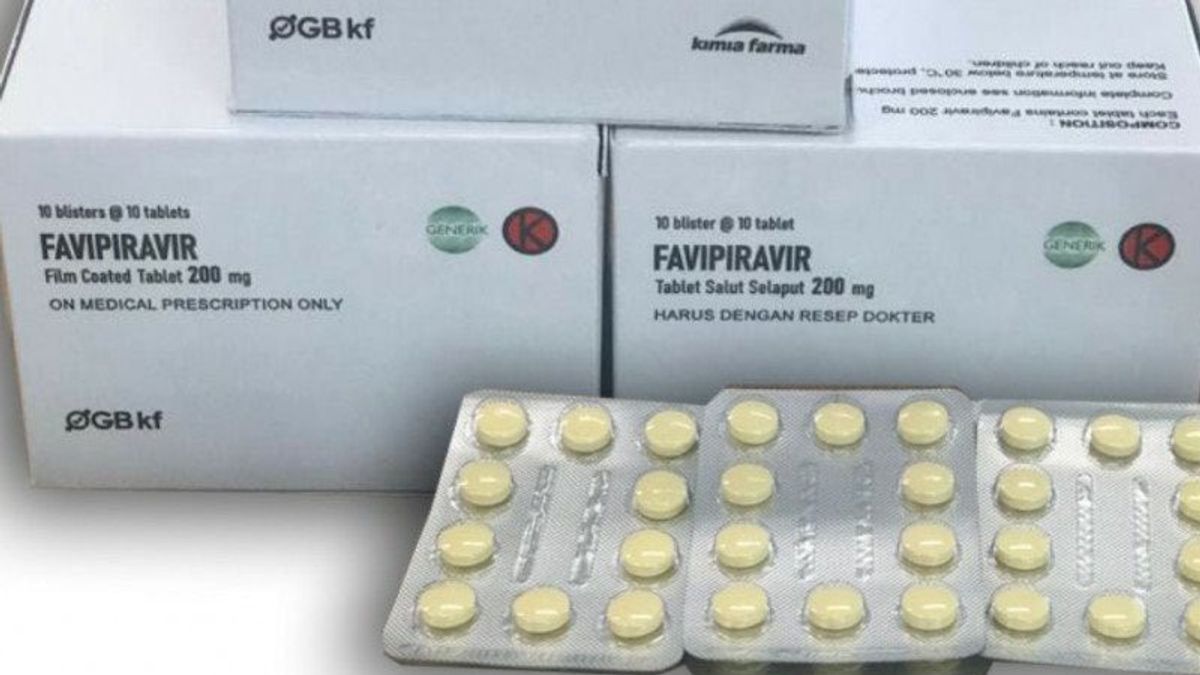JAKARTA - Recently, social media was shocked by the statement of a doctor who said that the corona virus was not real. The person also claimed that the number of patients who died was the result of drug interactions. This certainly raises questions and public unrest, because it contradicts a number of facts that have been believed so far. So what is actually meant by drug interaction? To answer this question, Professor of Pharmacy UGM Prof. Zullies Ikawati, PhD, Apt gave an explanation and explained what is meant by drug interaction. "Drug interaction is the effect of a drug on the effects of other drugs when used. "In general, this interaction can cause an increase in the pharmacological effect of another drug (synergistic or additive), or reduce the effect of another drug (antagonist), or increase the unwanted effect of the drug used," Zullies was quoted as saying. from the information received by Antara, Tuesday, July 13. Based on this explanation, not all of these interactions have dangerous connotations, some are beneficial, some are detrimental. So it cannot be generalized, and must be studied individually. Many disease conditions require more than one drug for treatment, especially if the patient has more than one disease (comorbid). The same thing happened in the case of COVID-19 patients who had comorbidities. Zullies then mentioned hypertension as an example of a disease that cannot be controlled with just a single drug. Sometimes this type of disease requires other antihypertensive drugs in combination with two or three other antihypertensive drugs. In this case, Zullies explained that the selection of drugs to be combined must be appropriate, namely those that have different mechanisms. "So it is like catching a thief, he can be blocked from various directions. In this case, the drugs can be said to interact, but this interaction is an interaction that beneficial, because it is synergistic in lowering blood pressure," explained Zullies. So what about COVID-19 therapy? COVID-19 is a unique disease where the condition of one patient with another can vary greatly. In cases of COVID-19 with moderate to severe symptoms, for example, lung inflammation, blood clotting disorders, digestive disorders, and others can occur. Therefore, it is very likely that several kinds of drugs are needed to treat these disorders, in addition to antiviral drugs and vitamins. In fact, if you don't get the right medicine, it can worsen the condition and cause death. In this case, the doctor will certainly consider the benefits and risks and choose the best drug for the patient. No doctor wants his patient to die with the drugs he gives. Drug interactions can be detrimental if the presence of one drug can cause a decrease in the effect of other drugs used together. Or it could be that if there are drugs that have the same risk of side effects as other drugs used together, it will further increase the total risk of side effects, explained Zullies. If these side effects are dangerous, of course the end result will be dangerous. hydroxychloroquine, which was previously used to treat COVID, or azithromycin with levofloxacin, they both have side effects of disrupting heart rhythm. If used together, a total harmful effect can occur," said Zullies. In addition, drug interactions can increase the therapeutic effect of other drugs. . To some extent, an increase in the therapeutic effect of one drug in the presence of another can be beneficial, but it can also be harmful if the effect becomes excessive. Zullies then pointed out that drug interactions that cause excessive drops in blood sugar levels due to the use of insulin and oral diabetes drugs can be dangerous.
Avoid drug interactionsAs previously explained, there are a number of diseases that must use a combination of drugs in their therapy. For this reason, it is necessary to choose a drug that has the lowest risk of interaction. Many textbooks on drug interactions can be used as a guide in choosing which drugs to combine to minimize drug interactions. In fact, not all drugs used together cause significant interactions. clinical. Which means it is safe to be combined or used together. Zullies explained that basically, drug interactions can be avoided by understanding the mechanism of the interaction. The mechanism of drug interaction itself can involve pharmacokinetic aspects (affecting the absorption, distribution, metabolism and excretion of other drugs), or pharmacodynamics (binding with receptors or targets of action). The solution given to overcome each case is certainly different. Based on this exposure, it can be concluded that drug interactions are not that easy to cause death. If there is a use of drugs that are suspected to interact clinically, then monitoring the results of therapy needs to be improved. So, if unwanted things happen due to drug interactions, the necessary actions can be taken immediately, for example stopping or changing the drug, said Zullies. "And this also shows the need for cooperation between health workers in providing therapy to patients (doctors, nurses, etc.). , to pharmacists) so that they can monitor therapy more closely, so that it does not have a harmful impact on patients," concluded Zullies.
The English, Chinese, Japanese, Arabic, and French versions are automatically generated by the AI. So there may still be inaccuracies in translating, please always see Indonesian as our main language. (system supported by DigitalSiber.id)











